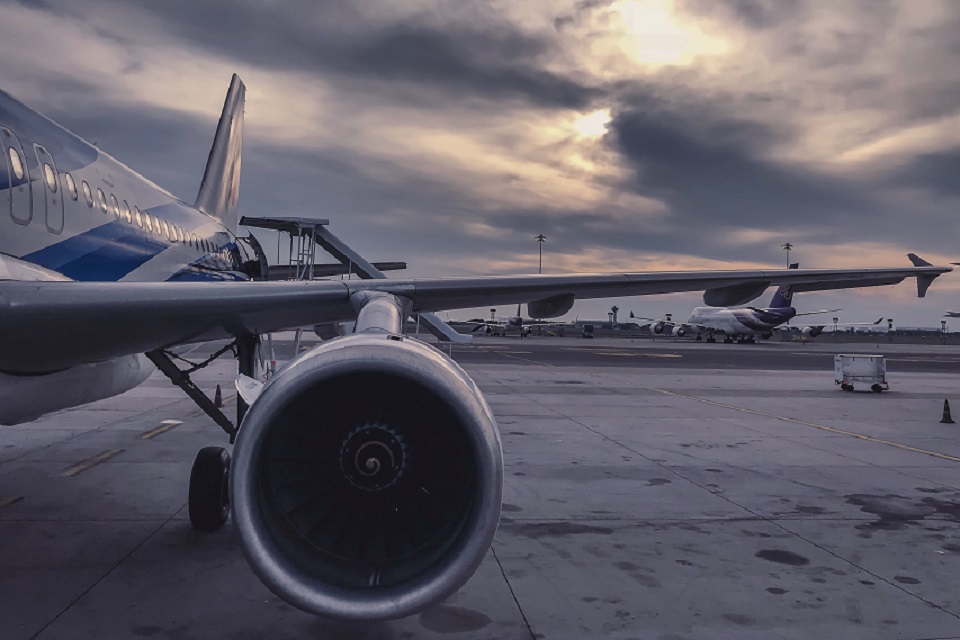Aircraft maintenance encompasses the inspections, servicing, repairs, and record-keeping necessary to ensure an aircraft remains safe and airworthy. Proper maintenance requires adherence to regulations, manufacturer recommendations, and industry best practices. By establishing comprehensive maintenance procedures, diligently conducting routine tasks, and continuously monitoring aircraft performance, operators can optimize safety, minimize costs, and maximize operational efficiency.
Table of Contents
Establishing Maintenance Procedures
Operators should develop a custom aircraft maintenance program outlining routine and scheduled servicing based on how the aircraft is used. The program defines specific inspections and checks to be performed at designated intervals. Maintaining an up-to-date schedule of maintenance requirements helps ensure all tasks are completed on time. The maintenance program must comply with applicable regulations and the aircraft’s specific maintenance manual.
Conducting Pre-Flight Inspections
Pre-flight inspections assess an aircraft’s overall condition and readiness to fly. Checks include examining the fuselage, engines, control surfaces, and cockpit systems to verify full functionality and no visible damage or leaks. Tire pressure, fluid levels, and fuel quantity must meet minimum requirements. Pre-flight inspections aim to identify any issues impacting safety or performance before departure.
Performing Routine Maintenance Tasks
Routine maintenance includes minor servicing to monitor aircraft performance and address common wear and tear. Tasks like engine oil and air filter changes, tire pressure checks, cleaning, and lubricating parts must be performed regularly based on flight hours. Routine maintenance prevents minor issues from escalating into costly repairs if addressed.
Addressing Scheduled Maintenance
In addition to routine tasks, scheduled maintenance based on calendar limits and flight hours keeps aircraft airworthy and compliant. That includes inspections, part replacements, software updates, servicing, and system checks required at specific intervals. Operators must perform maintenance outlined in the aircraft’s manual and any relevant regulations to avoid penalties or grounding. For example, according to Boeing’s guidelines, Boeing 737 parts like pumps, valves, actuators, and connectors will require replacement after a certain number of operating hours.
Documenting Maintenance Activities
Accurate and up-to-date records of all maintenance conducted keep an aircraft compliant and aid in troubleshooting or analysis. Records should include inspection details, servicing, repairs, and part replacements. Any issues identified during maintenance must also be documented to monitor performance trends and determine necessary corrective action. Thorough documentation provides a valuable history of work performed and the aircraft’s overall condition during operation.
Ensuring Proper Storage & Protection
When not used, aircraft should be stored in a suitable environment and protected from weather and environmental damage. Hangars provide ideal protection but tie-downs, mooring devices, covers, and shelters can also be used if hangar storage is unavailable. Operators must safeguard sensitive components like pitot tubes, engines, and windshields from debris, nesting animals, and corrosion during storage.
Adhering To Component Life Limits
Many aircraft parts and components have a maximum service life specified by manufacturers and regulations to ensure safety. Operators are responsible for keeping records of component hours or cycles and planning part replacements before life limits expire. Certain components, like emergency equipment, require more frequent replacement to remain functional, even if they still need to be at their maximum service life.
Conducting Regular Avionics & Instrumentation Checks
Avionics and instrumentation enable critical functions but require calibration and testing to operate accurately. Operators should perform routine checks of communication equipment, navigation systems, displays, sensors, and controls to verify proper functionality and make any necessary adjustments or repairs. Accurate avionics and instruments are essential for safe aircraft operation.
Collaborating With Qualified Maintenance Personnel
Conducting professional and high-quality maintenance requires qualified technicians with certification and experience appropriate for the work being performed. Operators should engage mechanics and shops with proper qualifications, authorizations, and equipment for servicing their aircraft make and model. Seeking guidance from the manufacturer or licensed maintenance facilities helps meet standards.
Continuous Monitoring & Improvement
Aircraft maintenance programs benefit from ongoing monitoring to identify deficiencies or improvement areas. Operators can optimize their procedures and processes by analyzing maintenance records, current technologies, and best practices. Continuous learning and adaptation help operators keep their aircraft in top condition while minimizing costs and downtime.
Conclusion
Proper aircraft maintenance requires significant time, resources, and dedication but ultimately enhances safety, reduces expenditures, improves performance, and extends an aircraft’s operational life. Through diligent inspections, servicing, documentation, and compliance with all recommendations and requirements, operators can develop and execute a comprehensive maintenance program for their aircraft. Continuous monitoring and improvement further help optimize an aircraft’s maintenance outcomes and overall sustainment. Aircraft can provide safe and dependable service for years with routine care and professional maintenance support.



